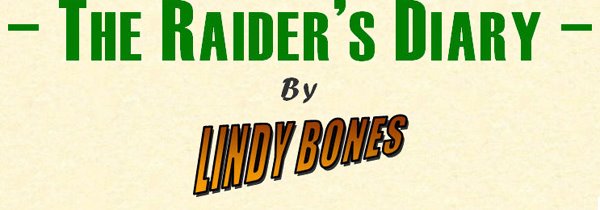Yes, this year's dig has finally begun. After removing some 100 cubic metres (3'500 cubic feet) from the top layer, we have cleared about 300 square metres (3'000 square feet) of the dinosaur-yielding stratum. During this, we found remains on six different locations from what looks like at least five different specimens! Two of these are actually some missing parts of two specimens we dug out last year, so this makes it three new specimens.
Our team this year consist of a pool of about 10 people, with 4 to 6 people on the dig at a time. They are: Dr. Ben Pabst, the boss on the dig and a very experienced digger and preparator; Georges, Fritz and Hans-Joerg, local fossil hunters; Josiane, a master student in geology and paleontology from Zurich University; Lukas, an archeology student; Emanuel, Nicola, Andrea and myself, all people from the Aathal Dinosaur Museum (and in part also master or grad students). Most of us have already experince in scientific excavations and some have even participated in the digs at Howe Quarry in Wyoming (which is the Aathal Dinosaur Museum's own digging site).
This last two weeks, the weather has been very typical for the season with fog in the morning and sunny afternoons with some interspersed rain showers and temperatures around 10-15° C (50-59 F). It remains to be seen how much can be done before the november rains set in and winter comes. Already, the snow limit is creeping down the mountains (at one point last week, it has been at around 800 metres or 2400 feet...).
> Photos from the 2008 dig.
It looks like we have come across at least one fairly complete specimen (specimen 08/5), of which we have already dug out 30% including one leg, both arms and shoulder blades, parts of the neck and skull as well as some ribs.
One other specimen (specimen 08/4) has so far yielded one completely articulated leg and part of the tail. This one looks promising; more could hopefully turn up as we dig further in.
Then we have found a hand and some ribs of a third specimen (specimen 08/3). It's unclear whether ther's more since we haven't even begun digging that one out so far.
And of course we have found some missing parts from two specimens we dug out last year, that is specimen 08/2 (which actually belongs to 07/N, dubbed "Big Frick" or "Thunder") and 07/M (on which I currently work). 08/1 were some isolated bones which can not be atributed to any of the above mentioned individual specimens.
More videos from the dig are to come soon!




